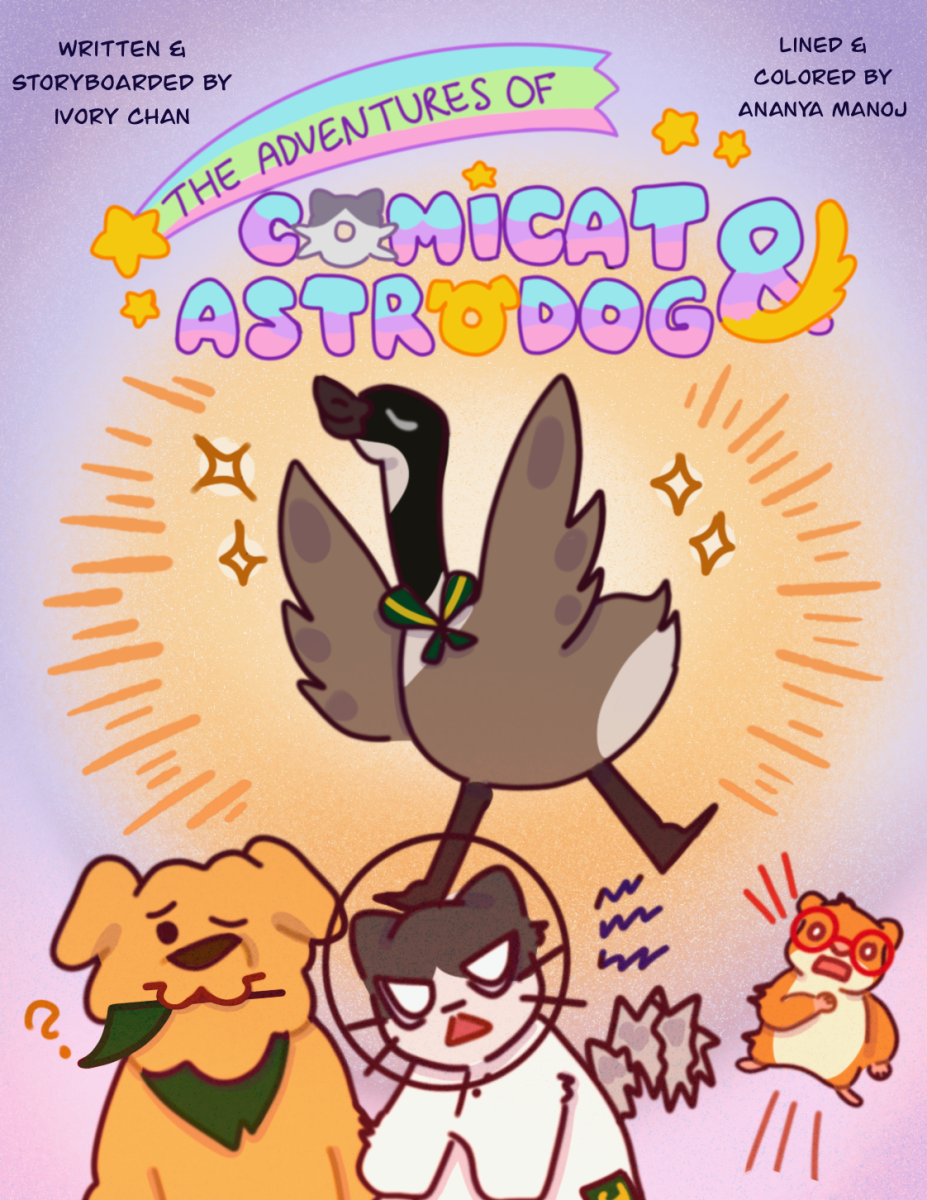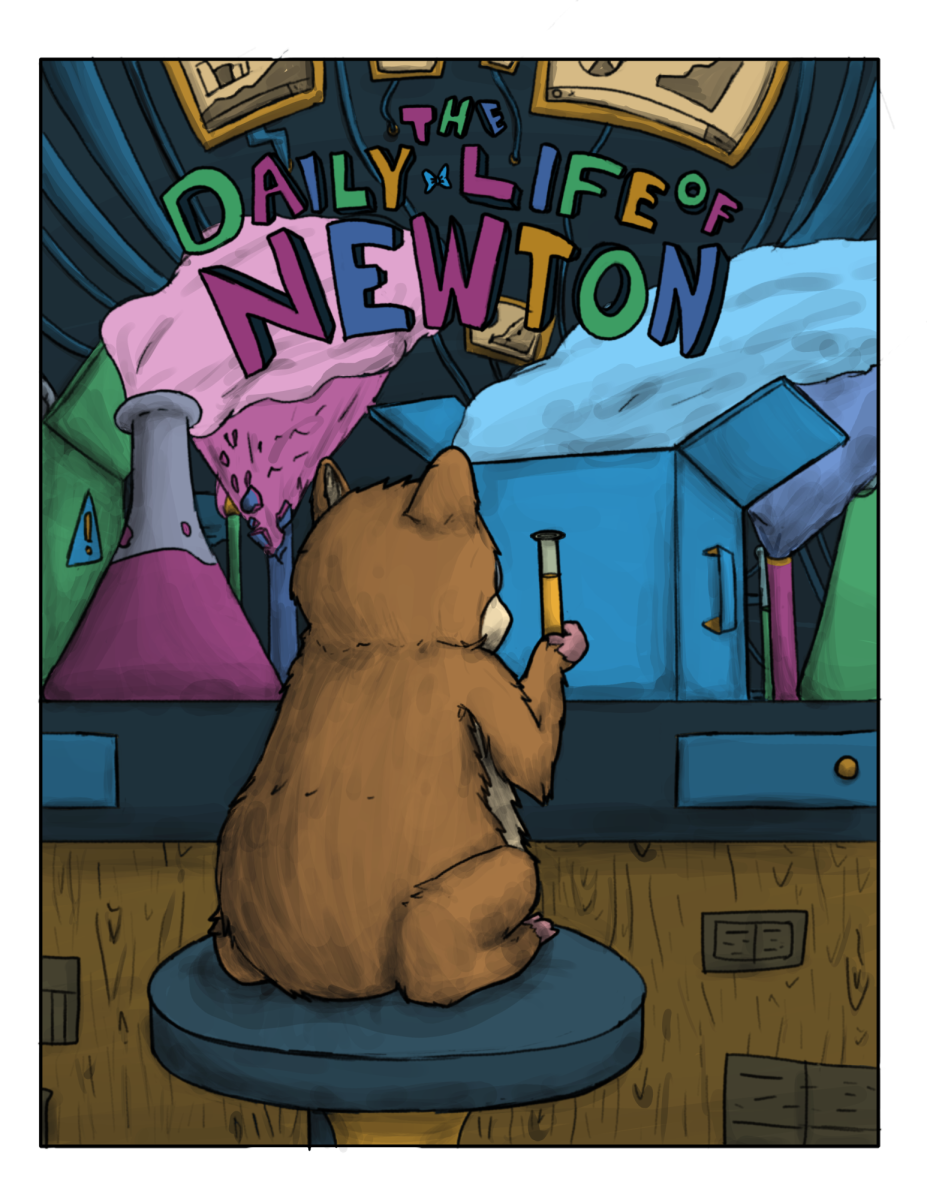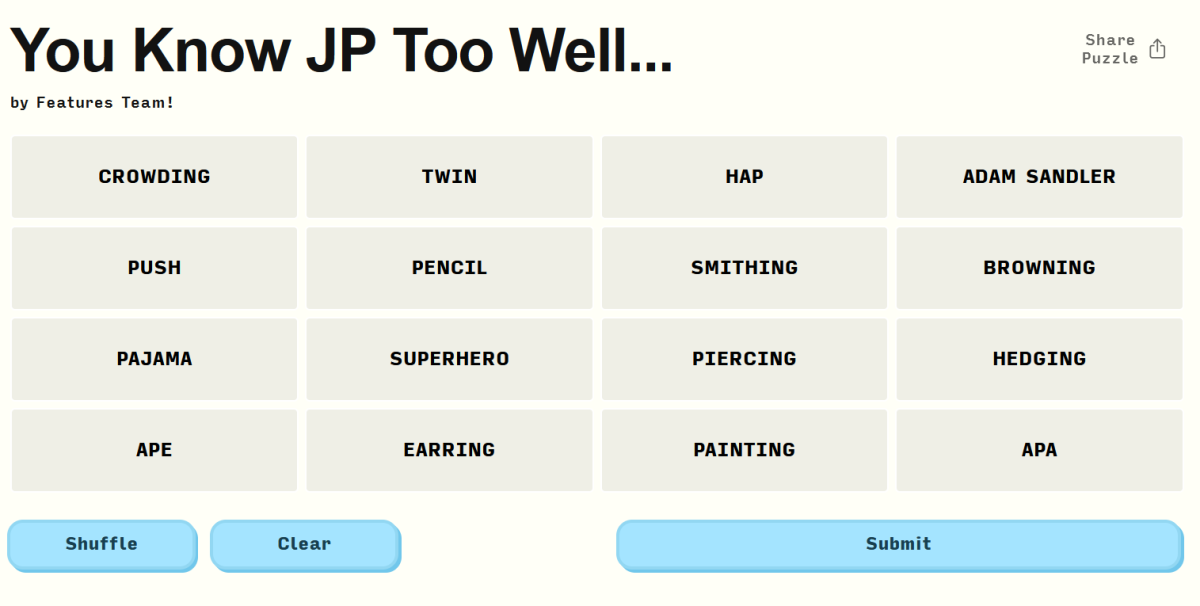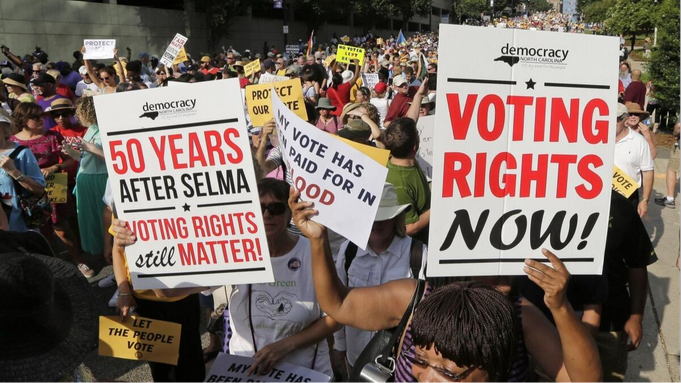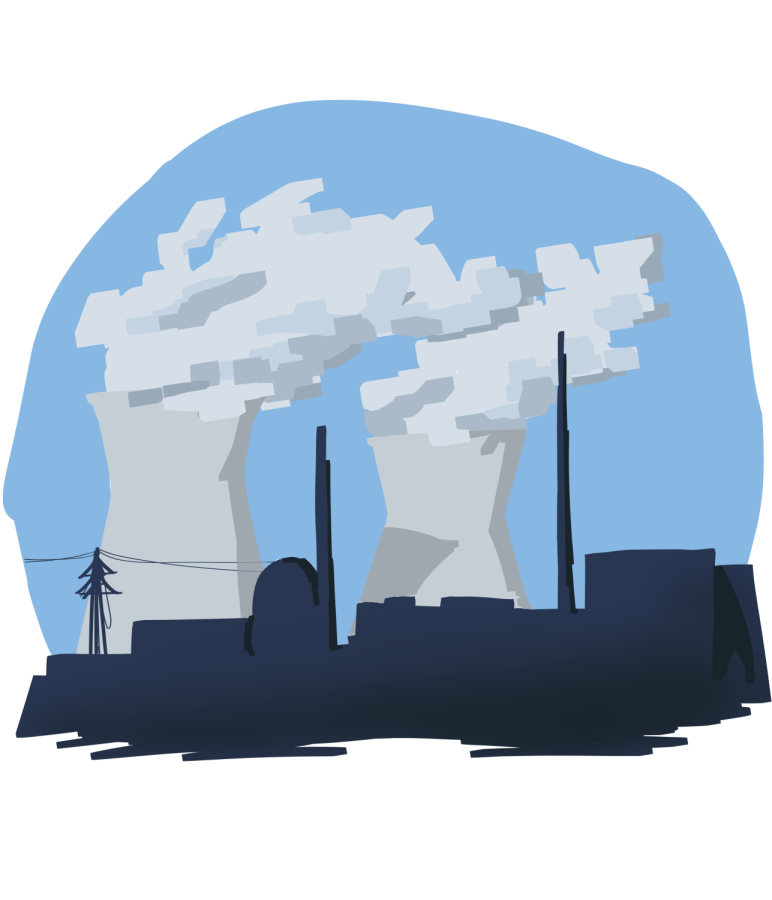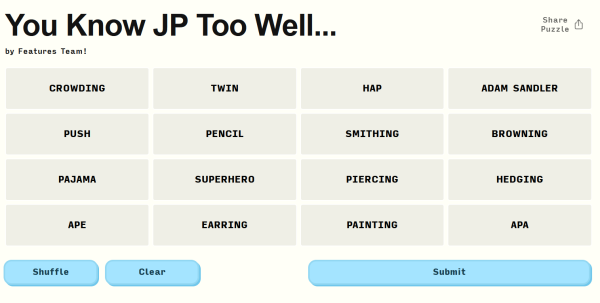A Fission for the Future
April 17, 2023
Since its discovery in the 1930s, nuclear power has fascinated and terrified the world. After all, no other technology threatens an instantaneous apocalypse like nuclear power. However, the world is too quick to dismiss it as a destructive force, unable to see how nuclear technology may be of help to the current issues in the energy sector. In the dangerous game of climate change, the energy sector is the single largest player, emitting 35% of all anthropogenic greenhouse gas emissions (GHGe). While nuclear power may not be the best source of energy, current nuclear technologies are much more efficient than the current best solar and wind technologies and barely contribute to GHGe. Given the urgency to cut down on carbon emissions, America should look towards relying on more nuclear power plants to meet the current energy needs and reduce our carbon footprint.
Nuclear power plants generate energy by splitting uranium-235 atoms in a process called fission, which generates the heat and steam that the plant’s turbines use to generate electricity. Since this entire process does not burn any fuels, nuclear energy is practically free of carbon emissions, which is beneficial for the environment. In fact, solar energy and nuclear energy are comparable in terms of GHGe, at about 4-5% of that of fossil fuels. Where solar and nuclear energy differs, however, is in terms of other waste products. Nuclear energy is emissions-free, but the fission process produces radioactive waste—a cause for concern for the general public because of the misinformation around contamination and radiation poisoning. Rest assured, as radioactive waste is not actually a concern in practice. Unlike GHGe, the containment or control of nuclear waste is not a technological issue; the United States can safely discard this waste without harming workers or the environment, but political debates over this issue cause delays. While it has not always been the case, our nuclear power capabilities are just as safe as other sources of energy, if not more due to their limited damage to the atmosphere. In this sense, nuclear power truly is a viable and clean alternative to fossil fuels.
What really makes nuclear energy the winner is its capacity factor, a measure of the reliability of a particular energy source. According to the US Energy Information Administration, nuclear plants had a capacity factor of 92.73%, meaning they operated and provided power 92.73% of the time in 2022. This is significantly greater than solar, wind, and hydroelectric systems whose capacity factors were between 25-40%, and the fossil fuel capacity of about 61%. Given that Americans use power at all hours of the day, a switch to complete solar, wind, or hydroelectric power with current technologies is very unrealistic; it simply would not support our power-hunger lifestyles. Nuclear, however, would provide Americans with a constant and reliable supply of energy, all while reducing carbon emissions significantly and combating climate change.
Since nuclear energy would radically reduce GHGe and is a safe, reliable source of power, the only practical limitation left is its cost. Each new nuclear plant can cost anywhere from $5 to $20 billion; this construction cost is then reflected in the price of energy, with nuclear energy costing up to twice the amount of other clean sources at $112-189 per megawatt-hour. Although this economic strain adds to negative public and political opinion on nuclear energy, the World Nuclear Organization reminds us that running nuclear facilities is cheap, and each of these new units are built to withstand the test of time. Furthermore, cost-effectiveness may not even be an issue in the near future: an energy equipment supplier, Holtec, came out in January of 2023 applying for a patent for something that may be able to repurpose any coal-fired plant into a nuclear plant. If this works, the cost of building new nuclear units will go down significantly, thus reducing the price of nuclear energy. As an added bonus, this process would recycle carbon plants, thus ensuring even less harm to Mother Nature. Even if this patent does not pan out, progress is being made in reducing the cost of nuclear power. In the long run, the price of nuclear energy is more favorable than the price of our planet.
Still, many Americans will say that nuclear power is reliable for something else as well: annihilation. Experience with events like the nuclear reactor meltdown crises in Three-Mile Island, Chernobyl, and Fukushima have scarred people’s views on this source of energy, making the term ‘nuclear power’ synonymous with a death wish. But if America is truly the land of opportunity, we should be giving nuclear power a second chance. Even though the effects of previous disasters were devastating in every aspect, it is important to remember that they were the only major crises in over sixty years of nuclear power history. The dangers of nuclear power are often exaggerated in the public view due to existing negative attitudes towards it when in reality, the risk of meltdown crises are quite small and declining with every passing year.
Overall, the United States should start taking more direct action to replace emission-intensive processes of deriving energy from gas and fossil fuels with nuclear energy. While there are negative attitudes about nuclear power, these biases need to be overcome. Rather than look at what has gone wrong in the past, people should be looking at how reforms are being made and safety is being improved. The facts prove that nuclear energy is GHG-free, safe, reliable, and getting cheaper. Continuing to claim that nuclear power isn’t a viable alternative to fossil fuels is a lie that may fill oil companies’ pockets, but it will come at the cost of our planet.




